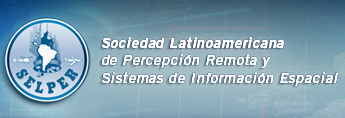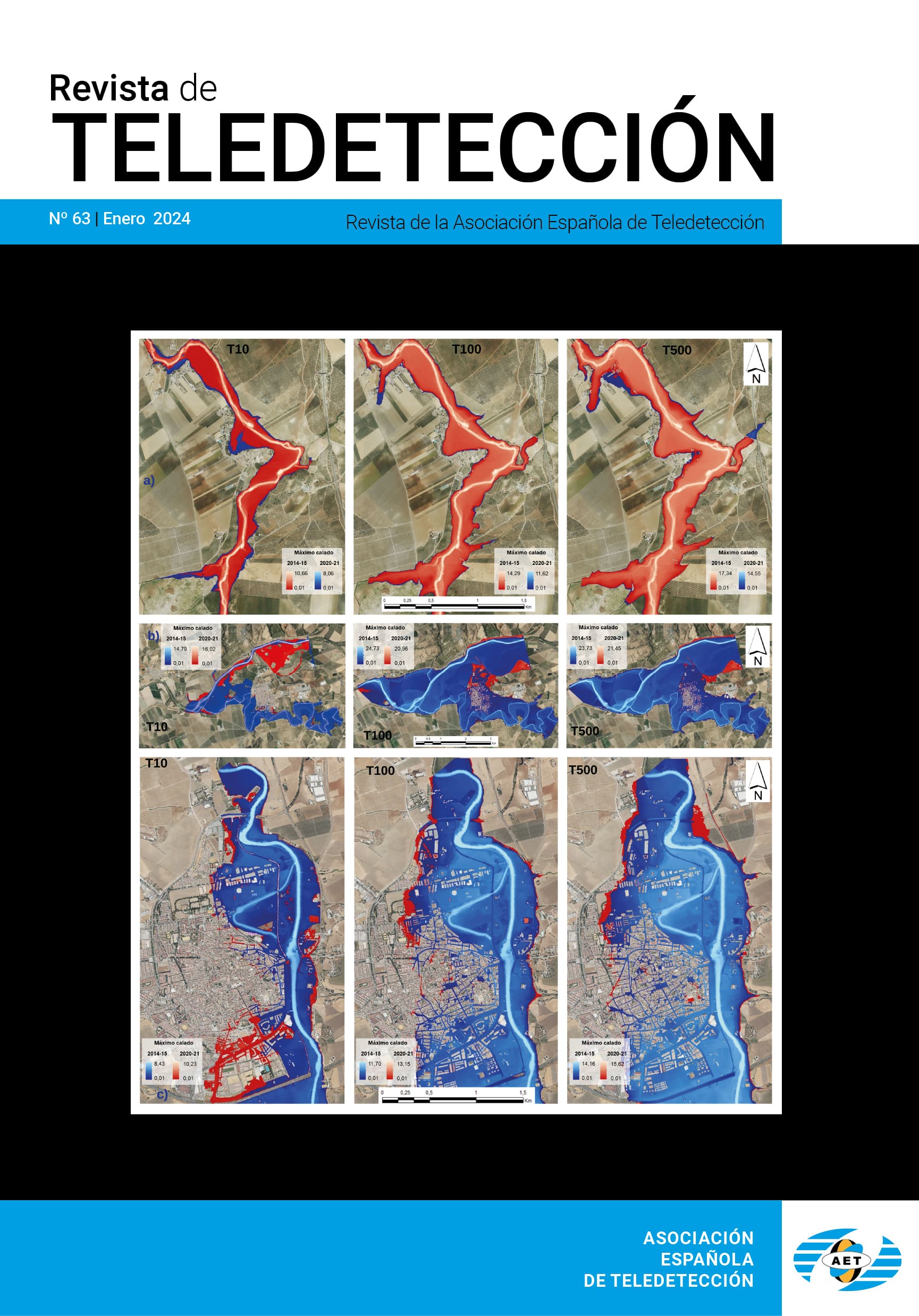Estimación de la evapotranspiración utilizando bandas del infrarrojo medio
D. Girolimetto (dgirolimetto@fich.unl.edu.ar)
RESUMEN
La creciente demanda del recurso hídrico conlleva la necesidad de utilizarlo eficientemente en todos los ámbitos, y en particular, en la agricultura por ser la principal consumidora de agua. Desde hace varias décadas la comunidad científica ha desarrollado y actualizado diferentes métodos que apoyan la gestión del agua para la agricultura. Entre estos modelos destacamos aquellos que permiten calcular la principal perdida de agua, la evapotranspiración (ET). La tecnología satelital ha generado un punto de inflexión en estos desarrollos científicos al proporcionar información con resoluciones espacio-temporales muy finas comparadas con la densidad de información de campo. Así, existen muchos modelos para estimar la ET con datos de teledetección. En este trabajo se presenta una modificación al cálculo del parámetro «F» del modelo de Venturini et al. (2008) que determina la ET con datos de teledetección. La humedad relativa de la superficie, σ = es / e*s, puede ser estimada mediante las propiedades de las bandas infrarrojas cortas (SWIR) y fácilmente incorporada al cálculo de F y ET. Los resultados preliminares obtenidos con esta nueva forma de estimar F son promisorios, mostrando un error medio cuadrático del orden del 13% del valor medio de la ET y un sesgo de aproximadamente 4%. Los estadísticos indicarían que el modelo modificado supera al modelo original.
Palabras Clave: evapotranspiración, SWIR, humedad relativa de la superficie, MODIS, estrés hídrico.
ABSTRACT
The growing demand for water leads to the need for efficient use in all areas, and particularly in the agriculture practices that are the main consumer of water. For several decades the scientific community developed and updated different methods that support water management for agriculture. These models include those that calculate the main loss of water, the evapotranspiration (ET) . Satellite technology has created a turning point for these scientific developments providing information with fine spatialtemporal resolutions compared to the density of field data. Thus, today there are many models available to estimate ET with remotely sensed data. In this work we present a modification to the calculation of the parameter «F» in model published by Venturini et al. (2008) to compute ET with remotely sensed data. The relative humidity of the surface, σ = es / e*s, can be estimated from the properties of the short infrared bands (SWIR), and easily incorporated in the calculation of F and ET. The results obtained with the new F shows promising results. The mean square error is about 13% of the mean ET and the resulting bias approximately 4%. These statistics would indicate that the modified model results improve the original model.
KEYWORDS: evapotranspiration, SWIR, relative surface moisture, MODIS, water stress.
PULSE AQUI PARA DESCARGAR EL ARTÍCULO COMPLETO








